Gübelin Unveils Ipsomatic, its Own Watch Designed by Architect Santiago Calatrava
Famous Swiss jeweller and watch retailer resumes production of its own watches.
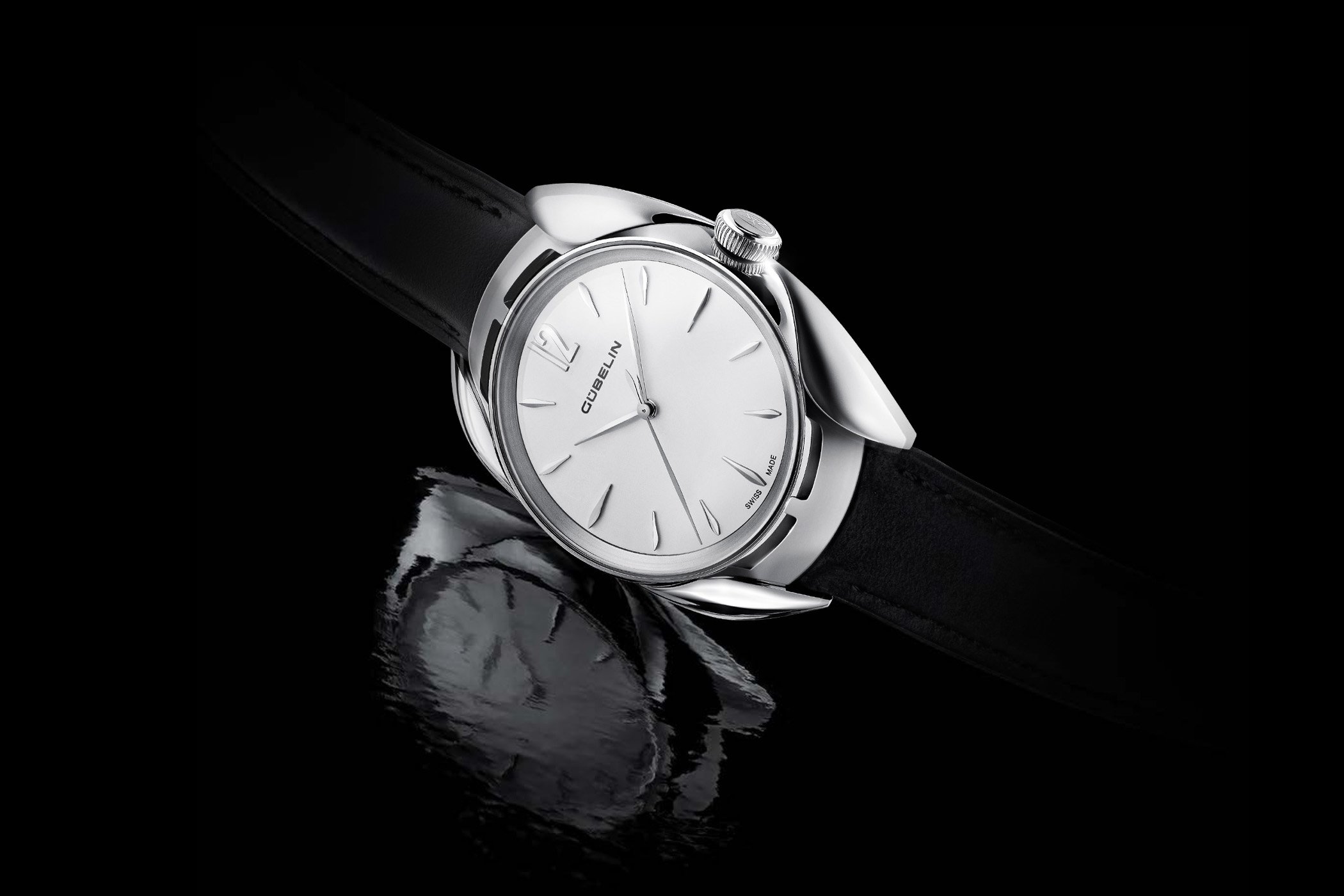
If you’re into watches, then the name Gübelin should sound familiar – you’ll probably first think about double-signed vintage Patek Philippe watches, once retailed by this house. Indeed, Gübelin is, first and foremost, a jeweller and watch retailer which has been in the business for over 150 years in Switzerland. Today, Gübelin returns to making watches under its own name, bringing back a historical name – the Ipsomatic – with a watch that’s been designed by world-famous architect Santiago Calatrava and powered by vintage automatic movements. A fine watch with expressive design, let’s discover it.
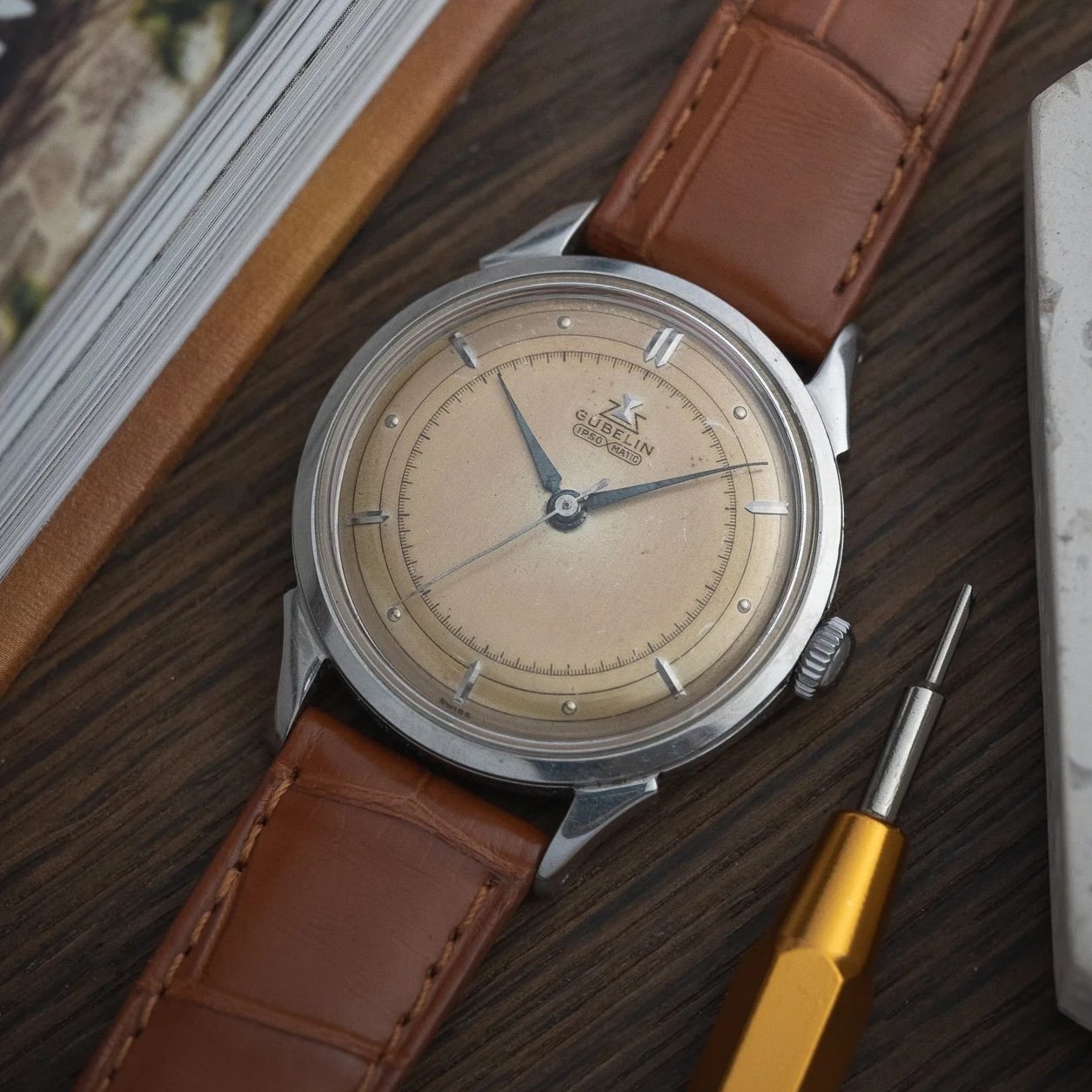
Gübelin was created in 1854 and has been one of the most respected Swiss watch retailers ever since. As explained by our colleagues at Swiss Watch Magazine, “the name ‘Ipsomatic’ refers to a legendary model of the same name from the 1950s and 1960s by Gübelin with a Felsa movement. Derived from Latin, ‘Ipsomatic’ refers to the mechanical movement, with ipso referring to the self-winding movement. Gübelin presented a special ‘Ipsomatic’ for its 100th anniversary, featuring a finely finished rotor engraved with the dates 1854-1954″.
Now, the retailer, still under family control (Raphael Gübelin – pictured right, in the photo above), resumes making watches under its own name and with great ambitions. First of all, it brings back the original name once used in the 1950s but also uses the same movement supplier (well, sort of, as Felsa closed). Also, this creation involves a highly important name in the architectural scene, Santiago Calatrava (left, photo above). A Spanish-Swiss architect, one of the most important and influential contemporary architects, he’s best known for his aerial, openworked, curvy, and mostly white-toned buildings (multiple railway stations and bridges). But now, he’s been assigned the task of creating a watch. And the result is this new Gübelin Ipsomatic.
The Gübelin Ipsomatic is, without a doubt, a sculptural watch with a rather unique shape and strong personality – it’s what you should expect when an architect designs a watch, right? The 39mm case, made of platinum, shows dramatically expressive curves all around, with organic, flowing lines from one lug to another, framing a central case with “vents” between the lugs. It is certainly unconventional but also has a certain eccentric elegance that isn’t easy to achieve. Engraved on the crown, the hourglass logo marks the watch as a genuine Gübelin creation.
The case is equally complex when viewed from the side, with a curved profile and a highly domed sapphire crystal. Some will probably see a certain resemblance with the latest creation of Holthinrichs, which is understandable since the founder is also a trained architect. The back of the Gübelin Ipsomatic is made of a solid platinum cover engraved with an original drawing by Santiago Calatrava depicting two bulls (another speciality of Calatrava).
The dial of this new Ipsomatic feels far more restrained, a deliberate choice to let the case take centre stage. This matte silver dial features stylized faceted markers and hands and minimal printings. The watch is worn on a black calfskin leather strap, closed by a platinum pin buckle adorned with a ruby—a hallmark of most Gübelin creations.
Inside the watch, things are slightly more complex. Instead of outsourcing a modern movement, Gübelin connects this new creation to the past and relies on the same movement supplier as the 100th-anniversary Ipsomatic made for its 100th anniversary, Felsa. Founded in 1918, Felsa later became part of Ebauches SA (which later became ETA, part of Swatch Group). The Swiss manufacturer developed the Bidynator, whose rotor moves in both directions to wind the mainspring. This pioneering achievement, introduced by Felsa in 1942, is considered a forerunner of the modern automatic watch. The calibre 1560 continued this innovation. Felsa was one of the most renowned manufacturers of watch movements and supplied calibres to Gübelin as early as the 20th century. The Gübelin Ipsomatic of the 1950s and 1960s also featured a Felsa movement, and the same movement is now back in the new Calatrava-designed Ipsomatic.
An automatic movement, the Felsa calibres 1560 found in the Ipsomatic are historical engines that have been sourced by Gübelin, later to be completely dismantled, cleaned, refurbished and regulated. Running at 18,000 vibrations/hour, this automatic movement stores about 44 hours of power reserve.
Last, with the new Ipsomatic, Gübelin introduces “Proof of Authenticity”. The authenticity of watches is ensured through the combination of physical tracers and the Provenance Proof Blockchain. The physical tracer was specifically developed for metals and consists of nanolabels that are invisible even under a microscope and can be read at any time. The labels cannot be removed even by polishing, washing or irradiation, meaning that the watch and its parts can still be identified decades later. Recorded on the decentralised blockchain, the data becomes immutable, making it tamper-proof. Provenance Proof is a Gübelin start-up that was founded to provide greater transparency and traceability for the entire jewellery and gemstone industry.
The 170th-anniversary Gübelin Ipsomatic, designed by Santiago Calatrava, will be made in 170 pieces, available exclusively from Gübelin. It will retail for CHF 34,900 (including taxes). For more details, please consult time.gubelin.com.



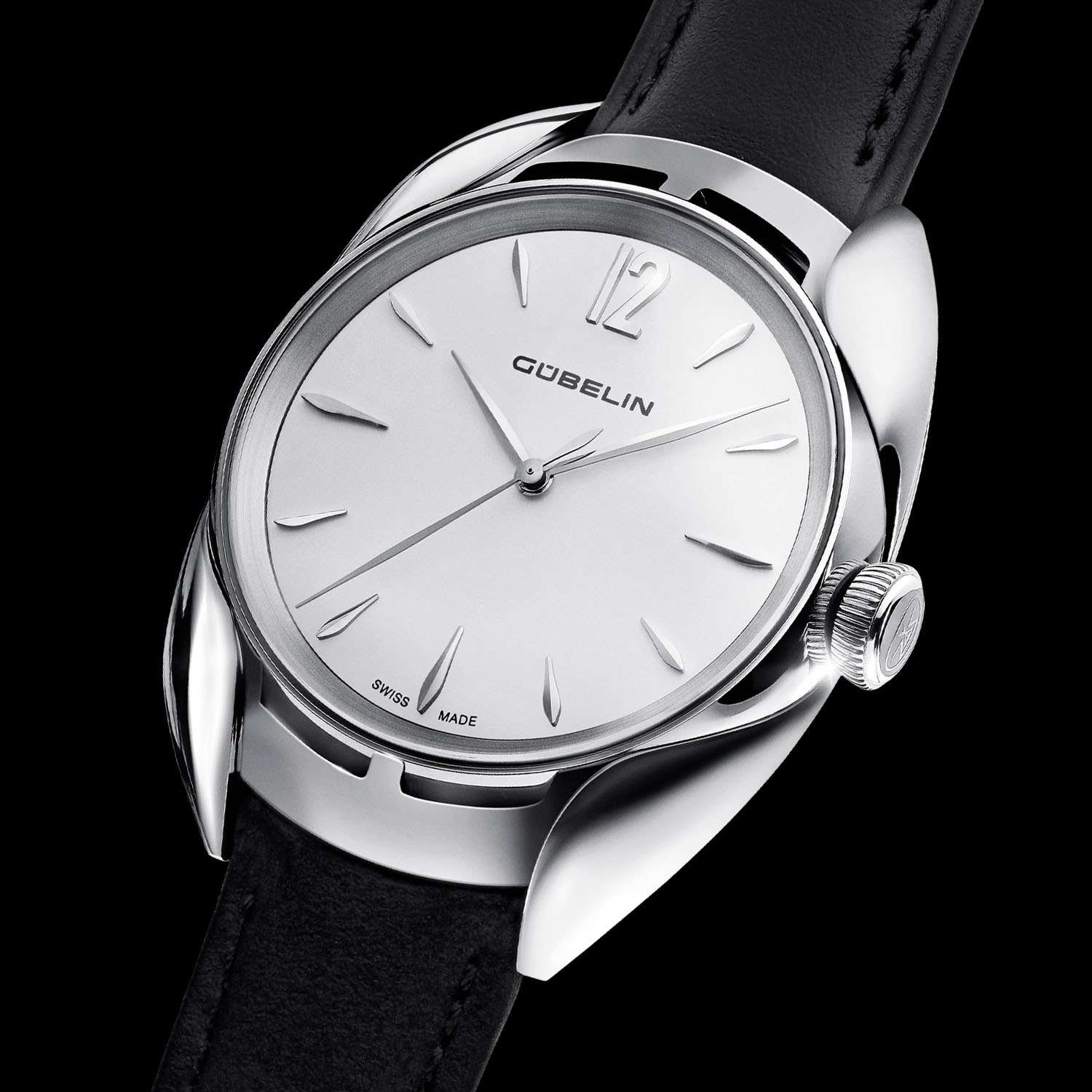
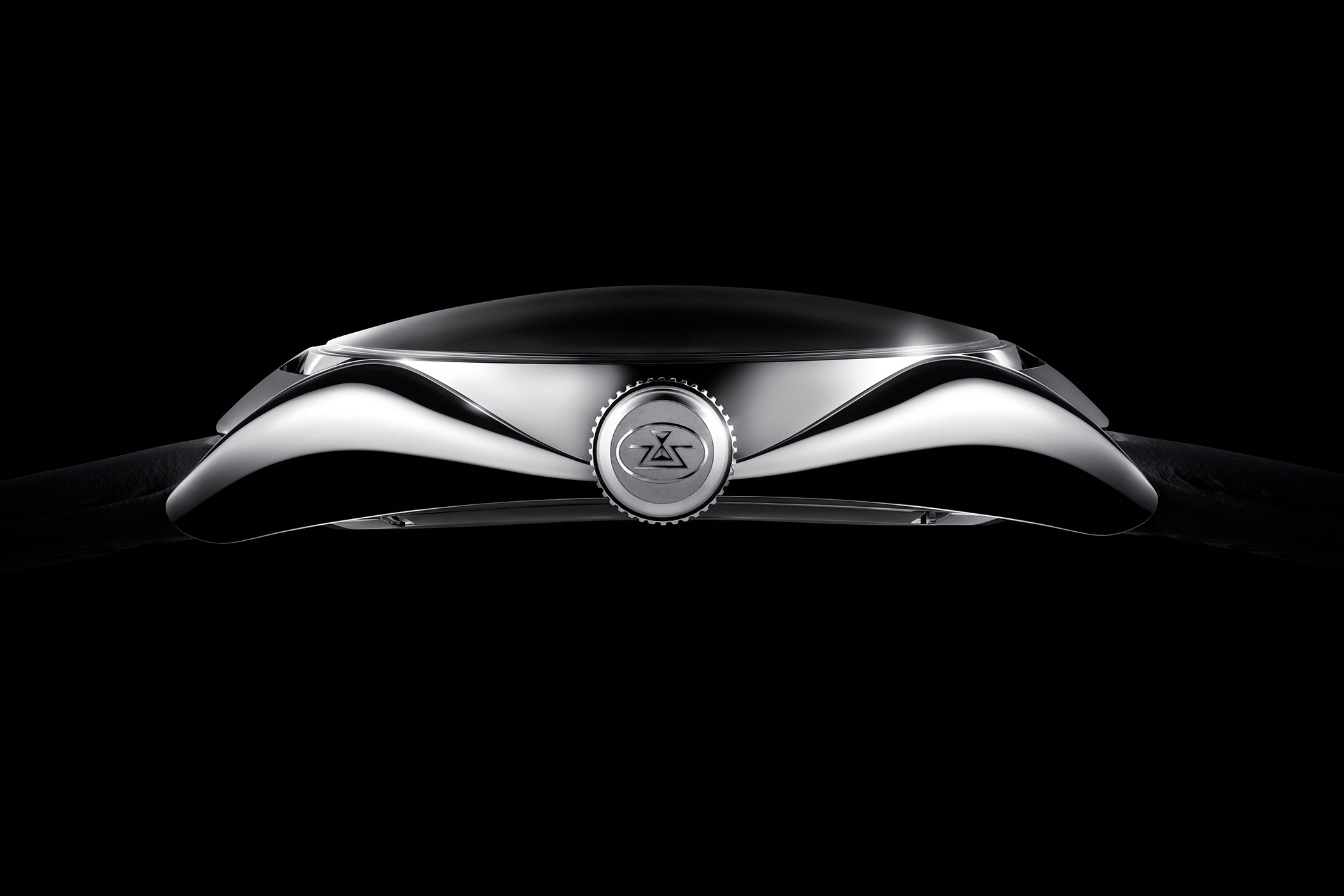
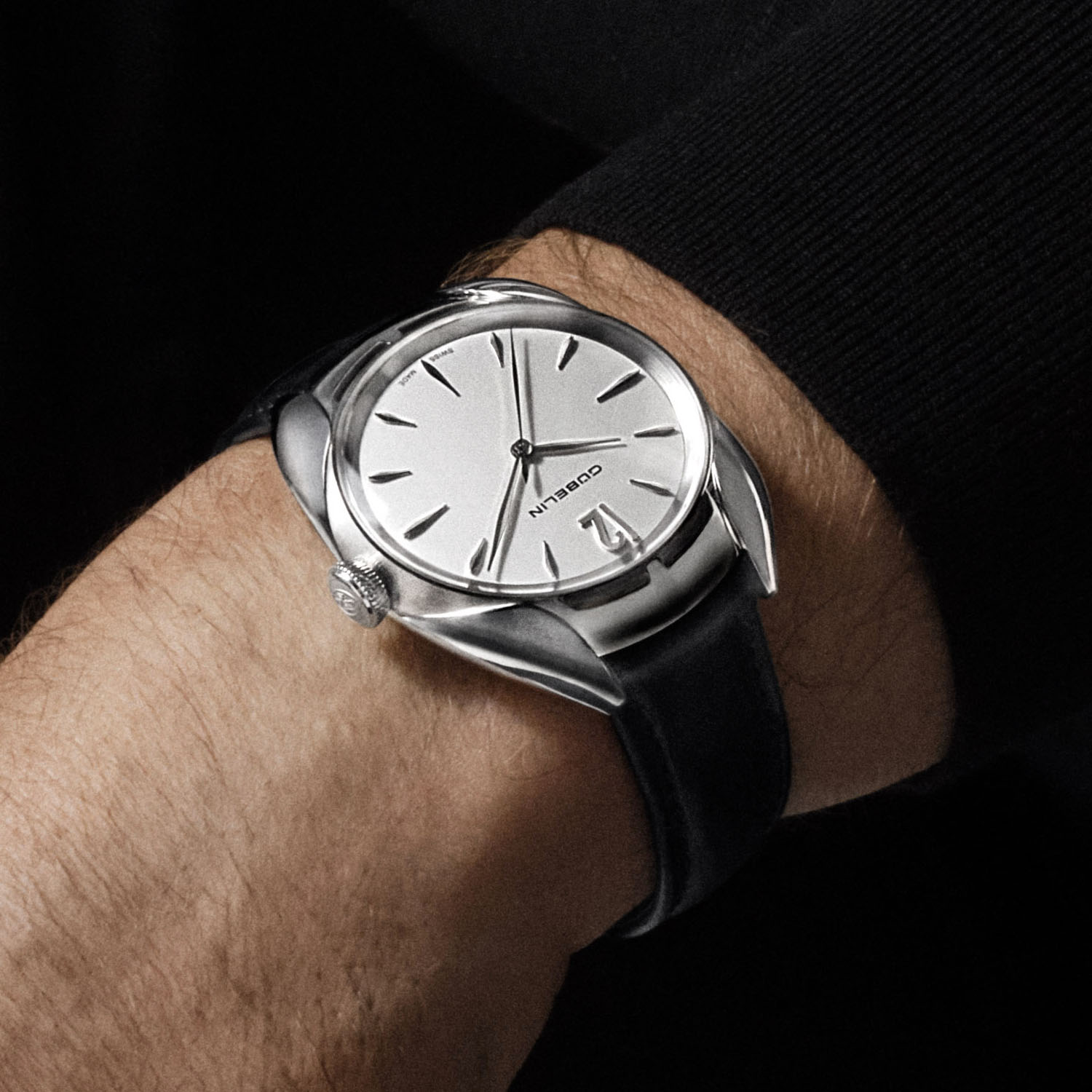
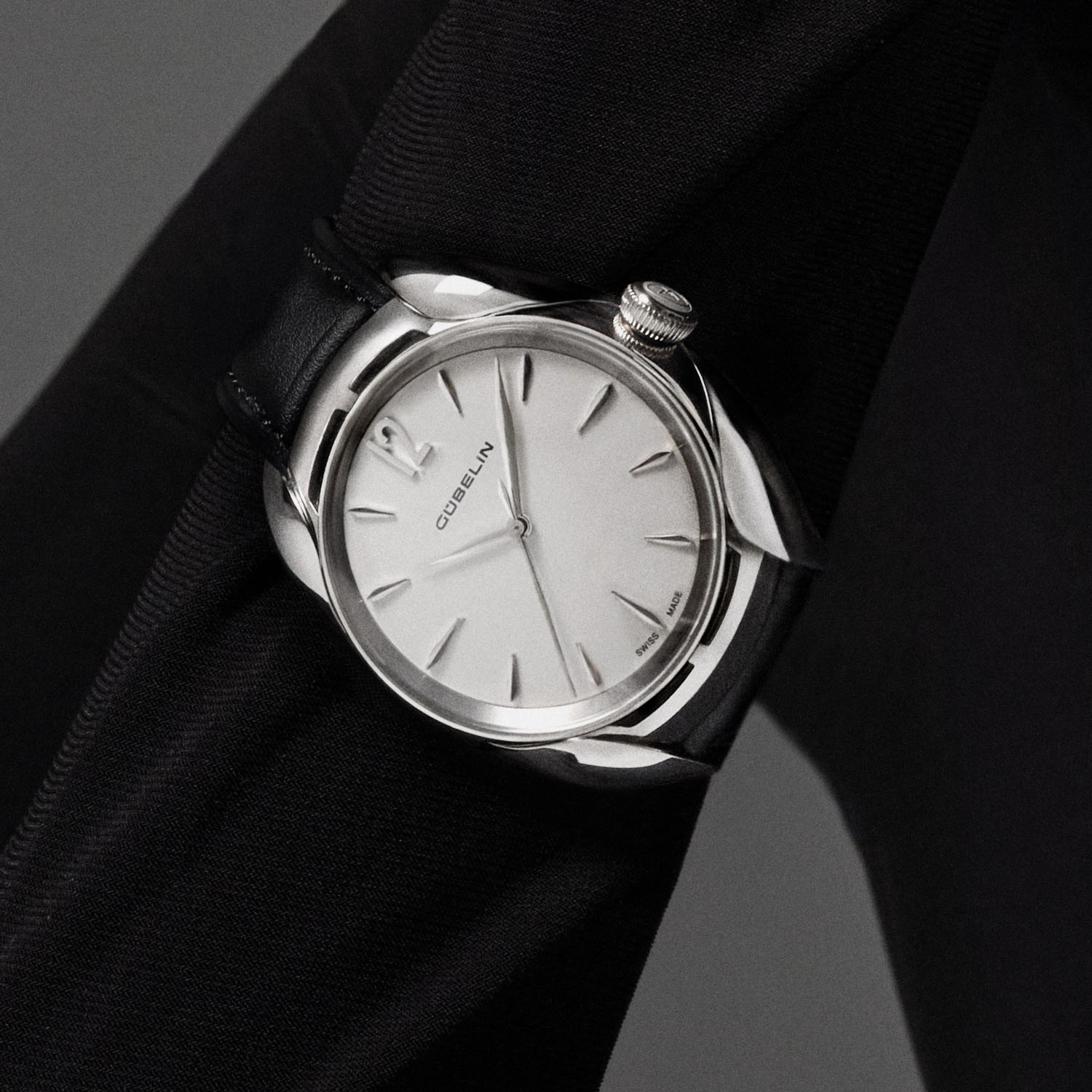
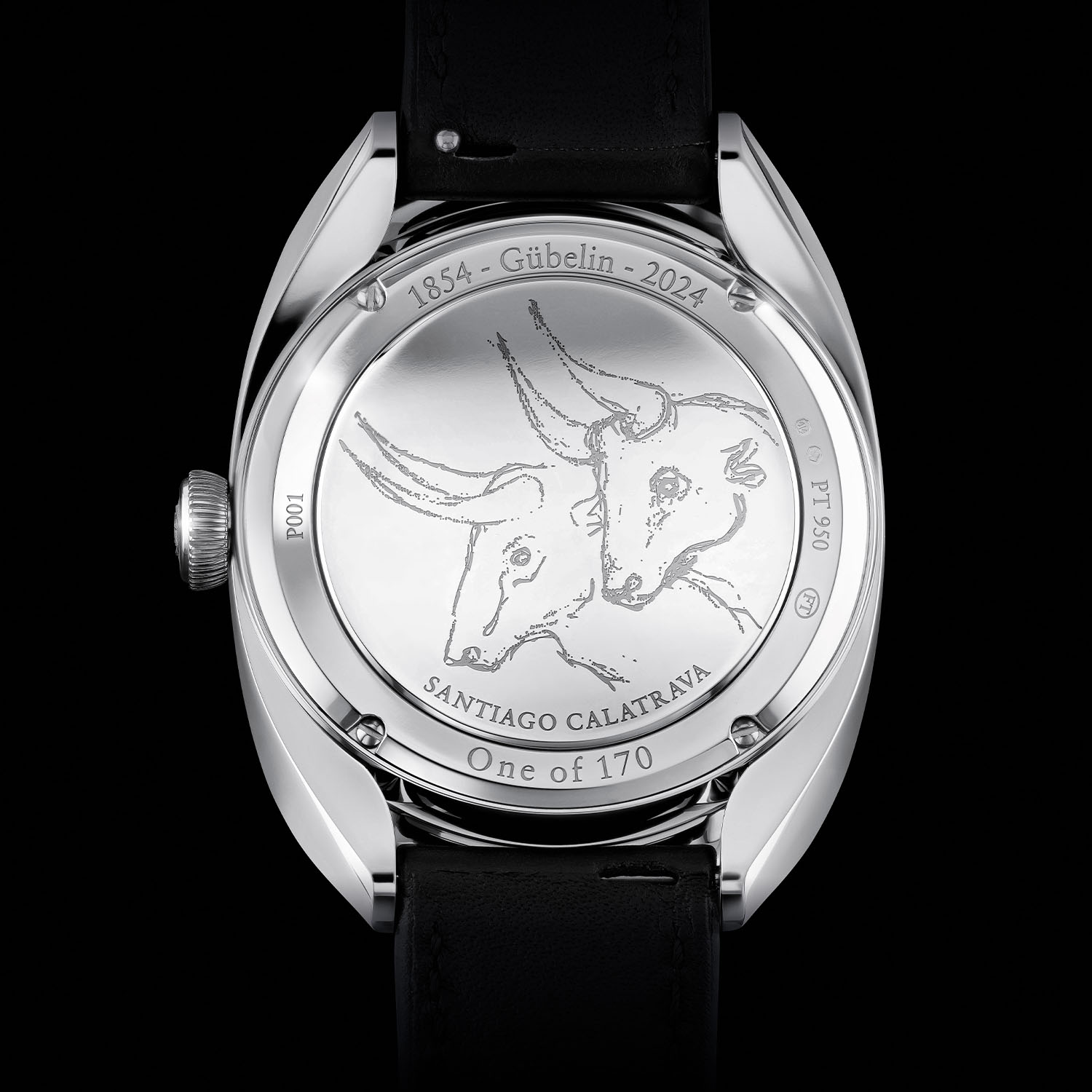
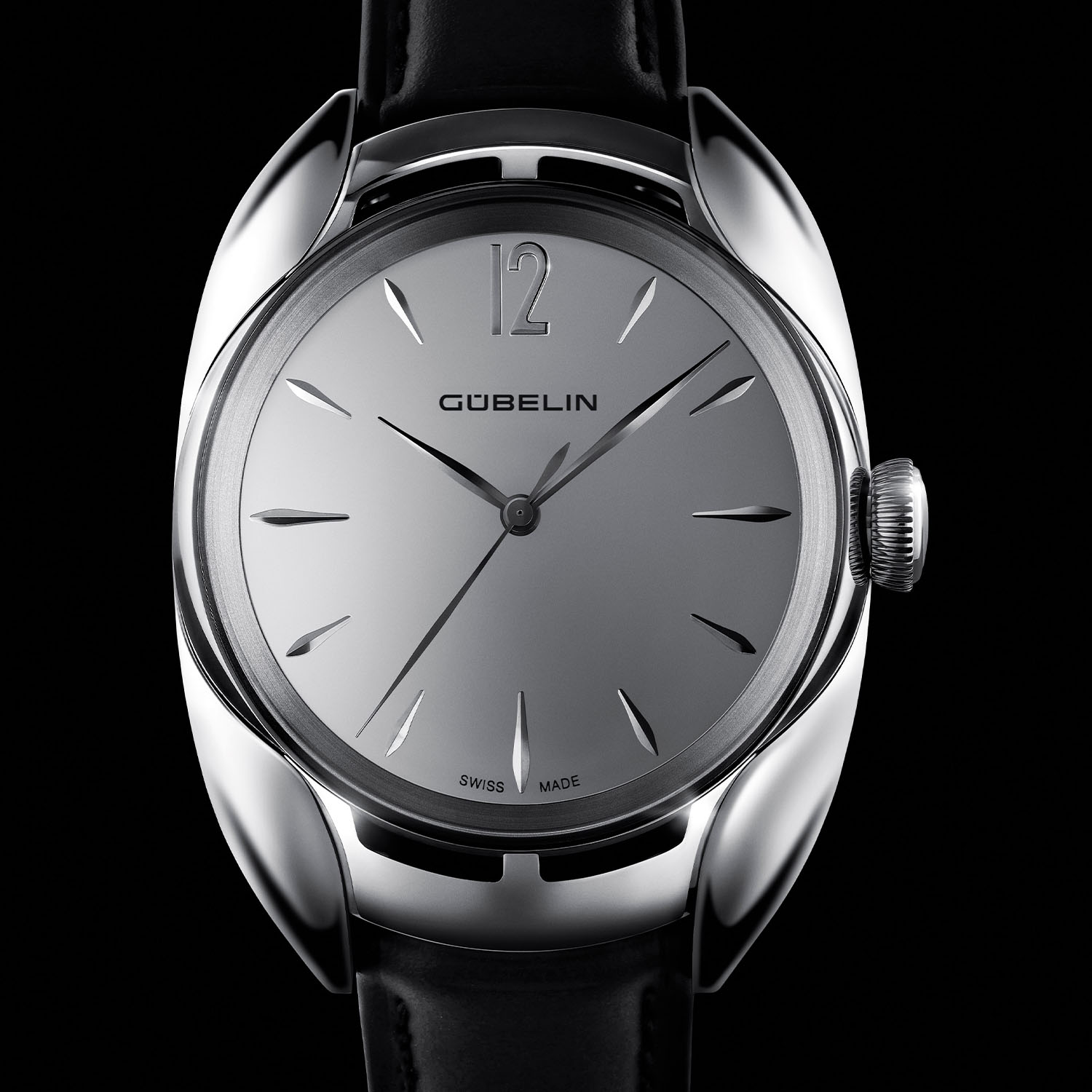

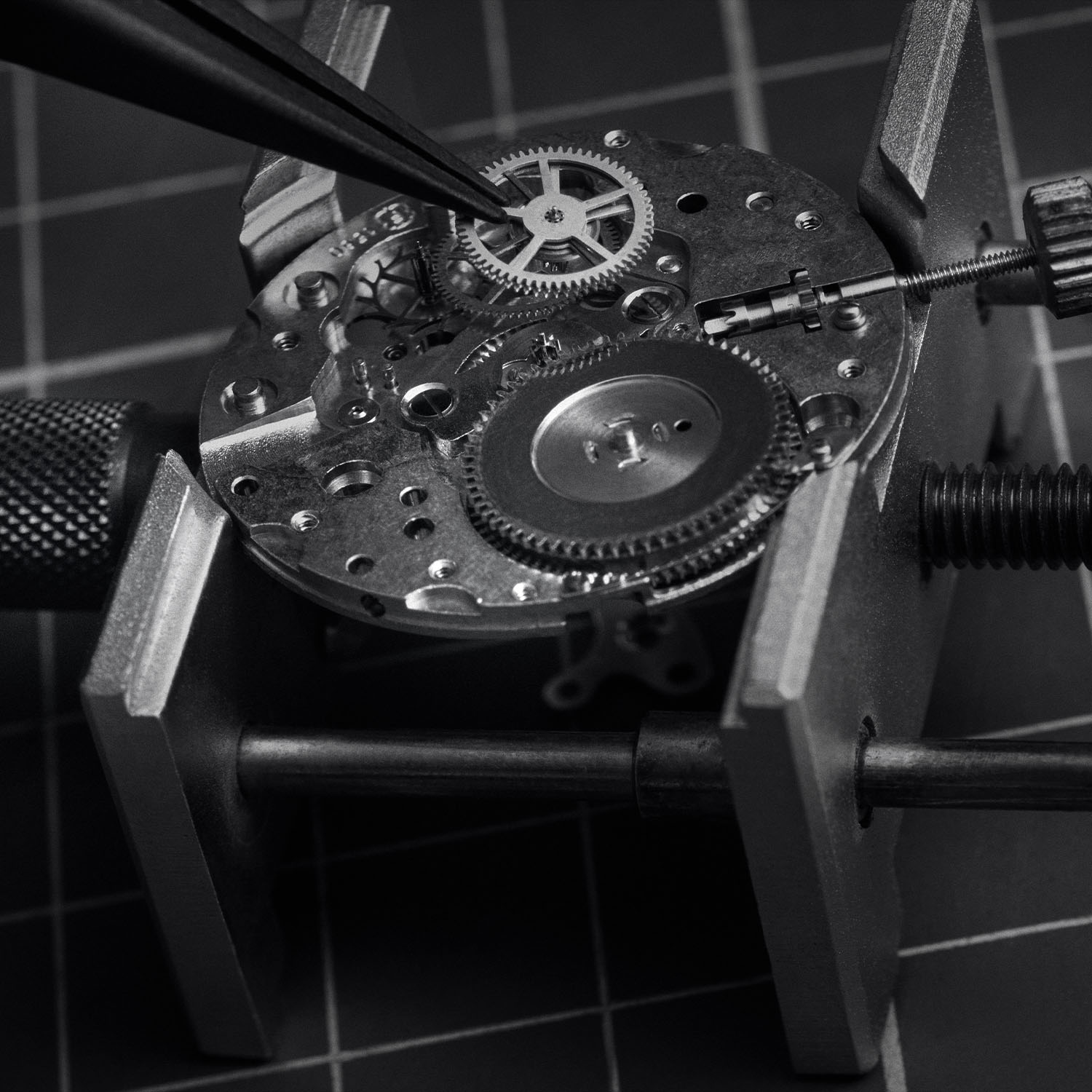





10 responses
Goofy! And it’s only CHF 34,900. Never give a sucker an even break, I guess is the catchline here, huh!
Why? I think it is quite legit both horologically and artistically, well, quite unlike certain recently announced horrible, horrible “gold” tourbillon watch three times more expensive than this.
possibly the cheapest movement ever in a 35k watch!?
Atrocious
A $45 movement in a $36k watch… Fools and their money will soon be parted.
I don’t think Gübelin will sell many of them.
trash
Does it stop working like anything that Calatrava touches?
Interesting, first Ming now Gubelin have mimicked Holthinrich’s lug style
Superbly made – excellent movement – such a joy to own. They bought the remaining movements from 1970’s, only 170. My family bought 2. It has a luxurious feel and ideal weight. We love it. Of course this is personal – then again we are all very wealthy and we decide how and what we like to buy. Stupid and ugly comments made by others they might as well tell the world they have ugly children. Either way nobody cares – we love these watches – whats more we made good friends with the Gubelin family – they loved the entire project and we own hundreds of Pateks – this one we love as much. In Thanks giving to God for yet, another Blessing.